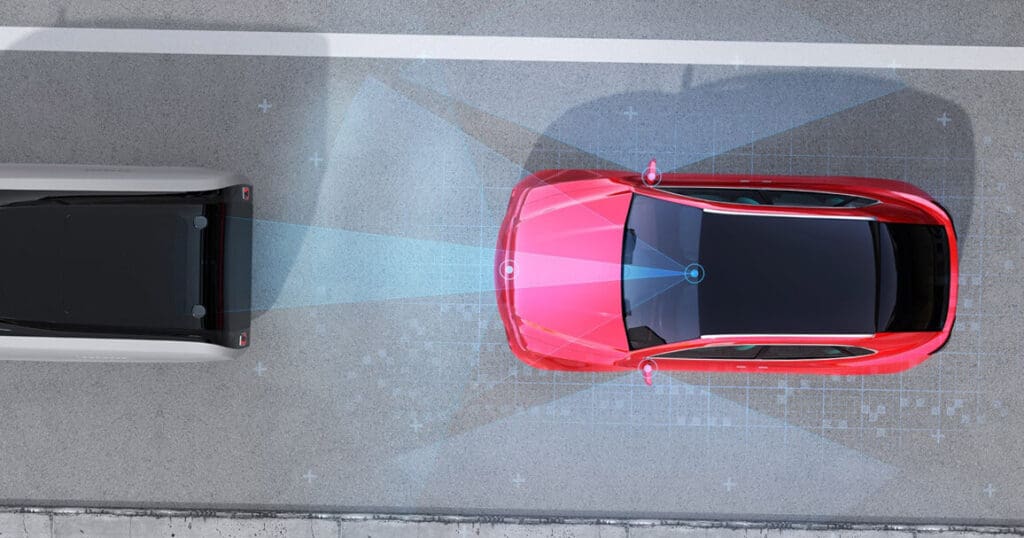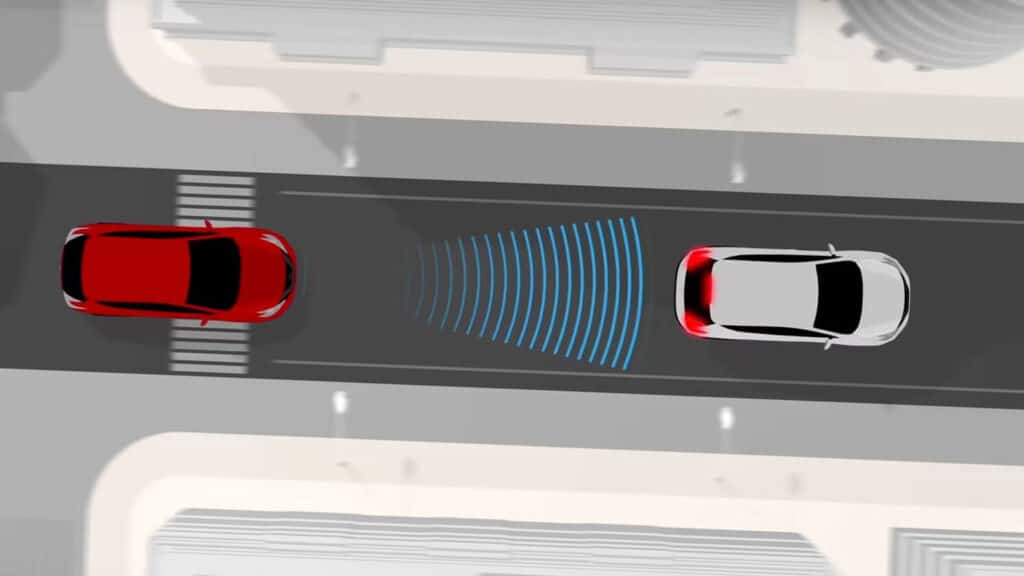Understanding Brake Assist Technology
Brake assist is a safety technology designed to enhance your car’s braking system by providing additional braking force during emergency stops. It works in tandem with other braking technologies, such as anti-lock braking systems (ABS), to ensure optimal performance and safety in critical situations. This article will provide an in-depth look at brake assist, its function, and how it contributes to your car’s braking capabilities.
The Science Behind Brake Assist: How It Works
Sensors and Electronic Control Units: Brake assist systems utilize sensors to detect the force and speed at which the brake pedal is pressed. These sensors send signals to an electronic control unit (ECU), which determines if the driver’s braking input is consistent with an emergency stop.
Hydraulic Pressure Amplification: If the ECU determines that the braking input warrants additional force, it triggers the brake assist system to increase hydraulic pressure in the brake lines, thereby amplifying the braking force applied to the wheels.
Integration with Other Vehicle Systems: Brake assist works seamlessly with other vehicle systems, such as ABS and electronic stability control (ESC), to provide a comprehensive safety network and enhance overall braking performance.

The Importance of Brake Assist in Emergency Situations
• Reducing Stopping Distances: Brake assist can significantly reduce stopping distances in emergency situations, potentially preventing collisions or minimizing their severity.
• Enhancing Driver Reaction Time: By providing additional braking force when needed, brake assist can help compensate for drivers who may not apply sufficient pressure to the brake pedal during an emergency stop.
• Minimizing Accident Risks: With faster and more efficient braking, brake assist systems contribute to a safer driving experience by reducing the risk of accidents caused by insufficient braking force.
Brake Assist vs. Anti-lock Braking System (ABS): Key Differences and Complementary Functions
Brake assist and anti-lock braking systems (ABS) both contribute to improved braking performance, but they serve distinct functions. ABS is designed to prevent wheel lockup during hard braking situations, allowing drivers to maintain steering control and avoid skidding. In contrast, brake assist focuses on amplifying the braking force when an emergency stop is detected, ensuring maximum stopping power is applied.
These two systems work in harmony to optimize overall braking performance and enhance safety for drivers. By preventing wheel lockup and amplifying braking force during emergency situations, they create a comprehensive braking safety network that adapts to various driving conditions.
The Evolution of Brake Assist Technology:
Over the years, brake assist technology has undergone significant advancements, introducing innovative features to improve its effectiveness. One such development is the predictive brake assist system, which employs data gathered from forward-facing cameras and sensors to foresee potential collisions. By analyzing this data, the system can determine if an emergency braking situation is imminent and autonomously apply the brakes when necessary. This evolution in brake assist technology enhances driver safety by proactively mitigating the risk of accidents and reducing the severity of potential collisions.
Vehicle Compatibility
Identifying Cars with Brake Assist Features
Brake assist systems are a common feature in many modern vehicles, especially those equipped with advanced safety packages. To determine if your car has brake assist, consult your owner’s manual or contact your vehicle’s manufacturer for specific information on the features available in your model.
The Importance of Proper Maintenance for Brake Assist Systems
Maintaining your brake assist system is crucial for optimal performance and safety. Regular vehicle maintenance should include inspecting all brake components, such as pads, rotors, and calipers, and replacing any worn parts as necessary. Proper maintenance not only ensures the brake assist system functions effectively but also helps to extend its lifespan.
The Role of Brake Assist in Driver Assistance and Safety Systems
Brake assist is an integral part of the broader safety ecosystem in today’s vehicles. It operates alongside other driver assistance technologies like adaptive cruise control, lane departure warning systems, and collision avoidance systems to create a comprehensive safety network for drivers. These systems work together to enhance overall vehicle safety and help prevent accidents.
Tips for Driving with Brake Assist
Understanding the Technology
Familiarize yourself with the brake assist system in your vehicle by reviewing the owner’s manual or consulting the manufacturer. Knowing how your car’s brake assist functions can help you take full advantage of its capabilities and increase your overall safety on the road.
Regular Maintenance
To ensure your brake assist system functions optimally, keep up with regular vehicle maintenance. This includes having your braking system inspected and addressing any issues promptly. By maintaining your vehicle, you can help prolong the life of the brake assist system and maximize its benefits.

Conclusion: Brake Assist’s Essential Role in Modern Braking Systems
Brake assist plays a crucial role in modern braking systems, enhancing safety and performance in emergency situations. By understanding how this technology works and maintaining your vehicle’s braking system properly, you can take full advantage of the benefits it provides. Coupled with safe driving habits and a keen awareness of road conditions, brake assist contributes to a safer driving experience and helps reduce the likelihood of accidents. As automotive technology continues to evolve, it’s essential to stay informed about the latest advancements in braking systems to ensure your vehicle is equipped with the most effective safety features available. In conclusion, brake assist is an indispensable component of today’s vehicles, playing a vital role in promoting safe and effective braking performance in critical situations.
